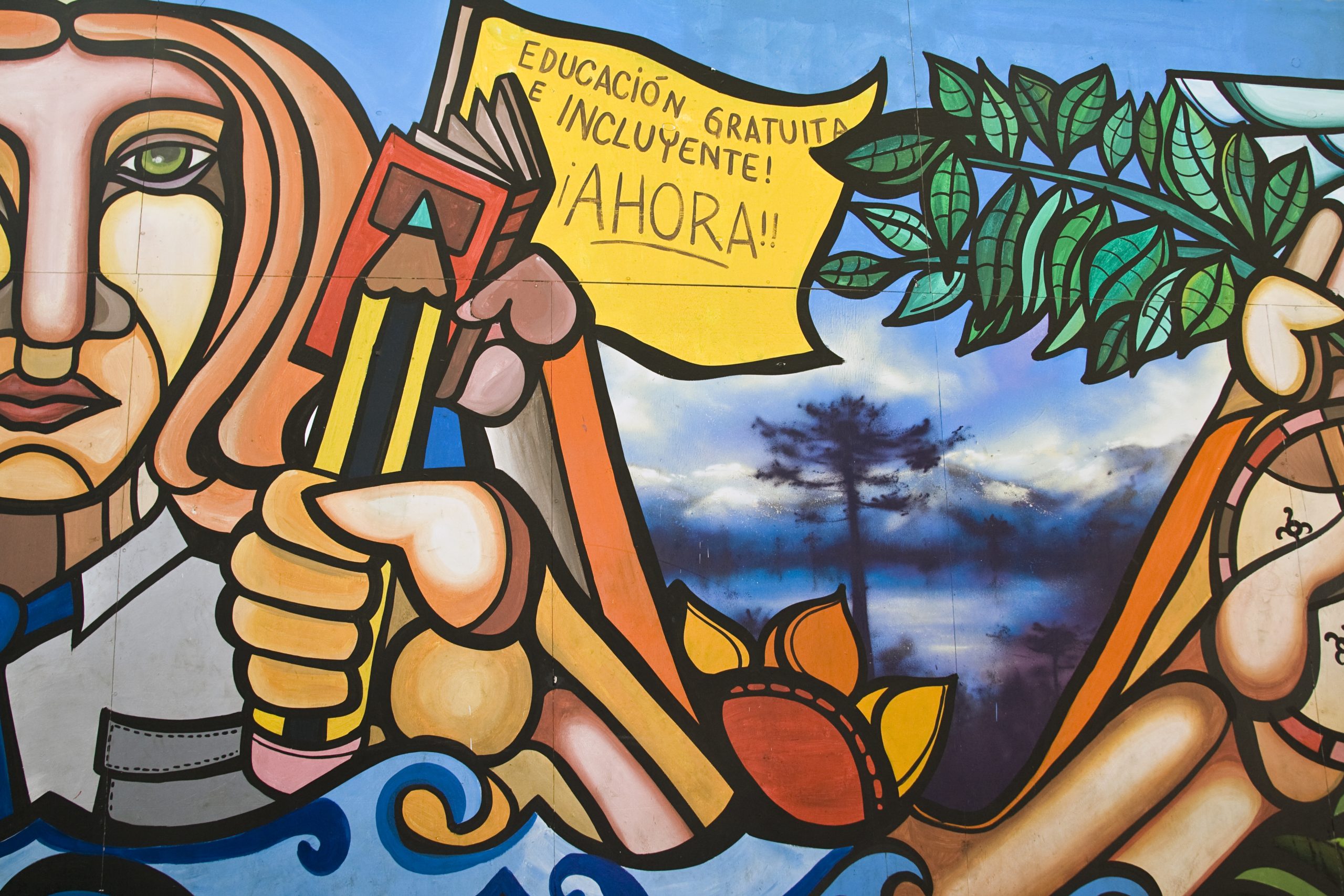3 Why an OER Book?
by Melissa Colón, Lydia Burrage-Goodwin and Lucas Hall

OER refers to Open Educational Resources that are available for free for anyone to use for teaching and learning purposes. They can include materials such as free online course modules, lesson plans, handouts, video lectures, games, and even textbooks. OER, however, is more than just materials. It is also an educational movement that is committed to democratizing knowledge, meaning those of us who use, design, or adapt OER materials believe that free and high-quality teaching and learning materials should be widely available and accessible across the globe.
I (Melissa Colón) have been a strong advocate of the use of OER materials since I first became a Professor (at Bunker Hill Community College, BHCC) and quickly realized the financial toll textbook costs had on my students. While at BHCC, I learned a lot from my colleague Ceit De Vitto, Senior Special Programs Coordinator for Academic Innovation and Distance Education, and was immediately hooked. You can learn more about my OER journey by watching BHCC’s Inaugural OER Podcast here. My commitment to OER grew, and with the support of Ceit, and other BHCC colleagues. Together, we developed a professional development project called the Latinx Hack-a-thon. This Hack-a-thon focused on helping faculty find, develop, and use Latinx-focused materials in their courses.
This book project is an extension of what I have learned. My focus is now: PK-12 educators. I believe that OER can be especially helpful to curious educators who want to expand their knowledge base as well as provide opportunities for their students to further their learning for free. This was particularly important to me because in the US “not only do teachers make lower salaries than other similarly educated professionals” (Litvinov, 2023, para 16), they are also routinely expected to use their own money for classroom supplies. Teachers in under-resourced schools, where Latine students are more likely to attend (Colón et al., 2022; Orfield et al., 2016) are more likely to spend their own money on supplies and equipment, and this has been identified as a factor that contributes to teachers leaving the profession (Litvinov, 2023). By providing a free book targeted at educators, I wanted to remove cost-prohibitive factors to learning more about OER and specifically about Latine students in the U.S.
One of the key tenets of OER is collaboration. Collaboration promotes the sharing, reusing, revising, and remixing of free high-quality educational materials (Wiley, 2024). Collaboration is foundational to this book. Through a generous OER Faculty Incentive Grant Program, I was able to collaborate with:
- OER Experts, Librarians, and Learning Design Specialists at the University of Massachusetts Boston. You can learn more about them on the author biographies page here.
- Advanced Graduate Students, all of whom are seasoned educators with broad expertise. You can learn more about them on the author biographies page here. And,
- Readers, this means you! You will notice that throughout there are interactive tools and call-out boxes for readers to become contributors or provide us with feedback. Readers will be able to provide feedback, submit questions and ideas, and even write their own chapters.
I believe that this collaborative approach not only promotes the use of OER materials, but it also serves as a quality control mechanism. All of us working together, including you, means that the information we present will be useful, relevant, high quality, and free to all.
Below, we have included some important information about OER and licensing. We share this information so that you can learn more about OER process and join this democratizing knowledge movement.
About this Book
Creative Commons License
Re-Sharing Content from this Book
Due to the nature of the materials provided in this book, licensing and copyright for images, videos, and sources may differ from the larger license applied to the book as a whole. The authors and contributors for this book aggregated together all types of resources (images, articles, videos, audio clips, etc.) that hold their own individual licenses, and thus, they have their own unique sharing rules and permissions. If you have questions about this, please reach out to us.
Creative Commons Licensed Works
Copyrighted Works
Fair Use Statement
The authors and collaborators for this OER book use a handful of copyrighted resources under conditions of Fair Use. Fair Use is a legal clause that allows copyrighted material to be used in educational, scholarly settings for purposes of criticism, comment, teaching or classroom use. Materials in this book that have been included under these conditions MAY NOT be further shared, adapted, remixed, copied, or altered in any way.
Please Note: Authors and collaborators for this OER book have the best intentions for the use of copyrighted materials. Items that have been used under conditions of Fair Use are crucial to the content of this book and were not selected lightly. If you are the copyright holder for an item included in this book, and you would like to discuss the context in which your work was used, or request a take-down of your item, please contact melissa.colon@umb.edu.
Acknowledgments
This book is the result of a collaborative effort, enriched by the dedication and wisdom of many contributors, including the scholars and creators whose work is featured in each chapter. You can find our full acknowledgments here. Important to underscore is that this project was in part funded through a generous OER Faculty Incentive Grant Program.
A full list of references of the in-text citations can be found in the References (by Chapter) section.
